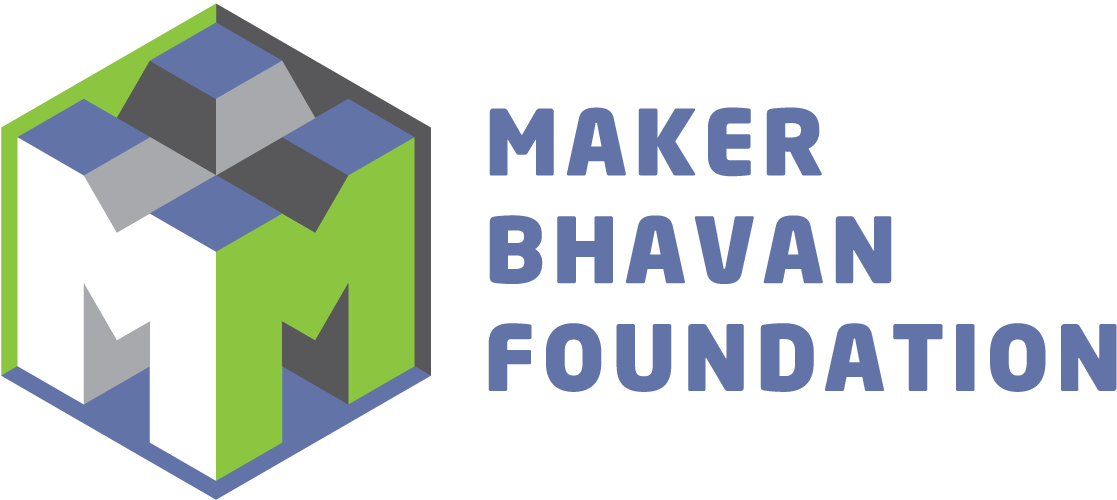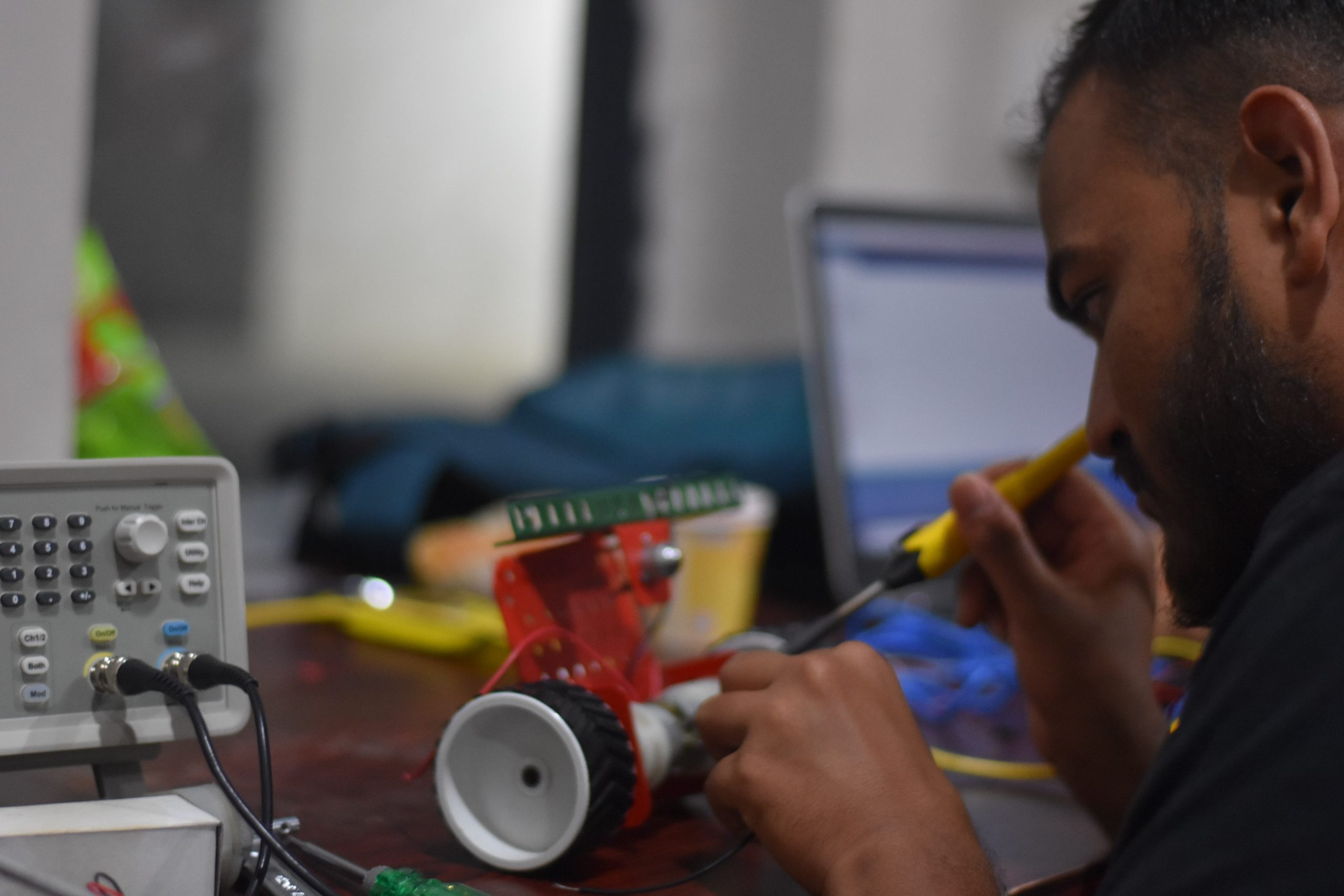In 2011 at the Pan IIT Summit in New York, Narayan Murthi lamented the increasingly poor quality of IIT graduates. At that time, in the heady days of India’s emergence as a technological hub, this came as a surprise but a decade later, this concern is widely shared. Murthi attributed this to increasing dilution of IIT entrance requirements due to expansion of IITs and coaching classes. However, in a nation seeking to expand its high technology industries, restricting STEM education to few is simply not an option. Hence, the challenge is, how do we maintain and enhance the quality of engineering education while increasing the number of graduates?
With prominent IIT alumni leading major technology firms, holding professorships in leading international universities and leading the technology start-up ecosystem, it would be easy to blind ourselves to poor training an average graduate receives. This is not just the problem of third-tier engineering colleges. Frequently, we hear from US academics that Indian students they admit – mostly from IITs — are very bright and hard-working but lack creativity and are afraid to take initiative. It takes several years to retrain them to do that. India-based Industry leaders too are known to complain that recent graduates they employ lack requisite skills to become productive in their environment. This is why some of the larger employers run their own education institutes within corporate fold to prepare recent employees to integrate into their workforce. We US-based alumni of IITs too often say that most of what has become useful to their career was what they learnt from peer interactions outside of classroom education of ITT.
Arguably this can be attributed to the fact that our high-school and college education is based on lectures and textbooks. We design examinations to test the retention of knowledge but not how to acquire new knowledge nor to apply knowledge to real-world problems. Our admissions to colleges too are based strictly on rankings based on the ability to respond to multiple-choice questions. It is no wonder that students steeped in this education system fail to learn skills needed to be innovators, out-of-box thinkers, master builders or effective leaders. Most of such skills are learnt outside of our formal education system and frequently after graduation.
Child psychologists have identified several modes of learning important in the development of a child. One mode of learning, termed as sociocultural learning, is whereby learning is via observing or imitating actions of a more knowledgeable person (MKP). One starts doing simple peripheral work with mentors and slowly moves towards becoming an expert in that domain. Another mode of learning, deemed quite effective by psychologists, is learning by experiencing. It is believed that the knowledge thus gained is deep and lasts for a lifetime. This learning mode is also sometimes referred to as learning by doing (LBD) or project-based learning (PBL). Increasingly, educators have been recognizing that in today’s knowledge-rich world adults too learn better with these two modes.
These modes of learning remain alien to the Indian educational system. The roots of modern Indian education were laid in the colonial era where the goal was to prepare clerks for the colonial administration; leadership of this administration was to come from London. An Independent India tried to move beyond these limited goals but in an attempt at leapfrogging the technological divide, a resource-constrained administration set up IITs with collaboration from different advanced economies such as the United States and the Soviet Union. This meant that we once again perpetuated the notion that knowledge creation occurred in metropolises of the world and knowledge consumption occurred in Indian universities. Moreover, the various machinery and test equipment were imported and, in a resource-constrained environment, students were limited in their access to these machines. As one of my classmates from IIT Bombay recalls, he was not allowed to touch an electron microscope for the fear that the lamp would blow up, which would not be easy to replace. Although now the resource constraints have disappeared, the mindset separating students from hands-on experimentation has not.
This is in direct contrast to the hands-on experimental opportunities available to college students and even high-school students in the West, particularly the US. With mass production of desktop manufacturing machines like 3-D printers and having easy access to online learning, students in the US have tremendous opportunities to experiment with learning-by-doing and project-based-learning heightening their ability to innovate. Faculty in most International engineering colleges have adapted and incorporated working these machines and giving students to freedom to experiment into their teaching. They seek to be guides and mentors rather than lecturers.
Maker Bhawan Foundation is a modest effort at redressing this handicap. Its mission is to help Indian higher education institutions adopt educational methods that enable students to develop an innovative mindset, become skilled builders, learn to be effective communicators, to develop leadership qualities and to be constructive team members. The foundation does not expect to be judged on the success of its educational methods by directly producing suis generis innovators, entrepreneurs or business leaders. Rather the focus of our diverse set of programs, (hyperlink to program page) is on creating a broad-based impact on teachers and students’ attitudes, skills and habits. In short, the attention is building basic skills, creation of opportunity for experimentation and a foundation on which innovation and entrepreneurship can develop. We believe these educational methods are critical to developing at this juncture in India’s history as we seek to reap benefits, referred to as population dividend, for which there is a finite window that we have just entered.
Remaking of higher education system in India is an ambitious undertaking. Other notable efforts such as Ashoka University and ISB have chosen to create model universities from scratch. We have chosen a different approach. We plan to work with established technological institutions, leverage existing infrastructure and work on one program at a time integrating them into standard curricula. We believe that if these programs are successful at some of these institutions then others would copy them without our active involvement. We believe that ours is a more scalable approach that allows for greater innovation and risktaking within limited parameters.
The key to the success of Maker Bhawan will not be in the money it is able to harness, it will succeed or fail based on the intellectual energies and commitment it is able to harness from the alumni and the IITs themselves. We invite you all to get involved in this effort in any way that sparks your imagination. Learn more about it. Become a mentor, volunteer your time, become a donor to expand existing programs, help us conceive of new programs, help us evaluate existing programs. First step in getting involved would be to send an email to Damayanti ([email protected]) to indicate your desire to remain connected and be informed of progress we make in the coming years.


